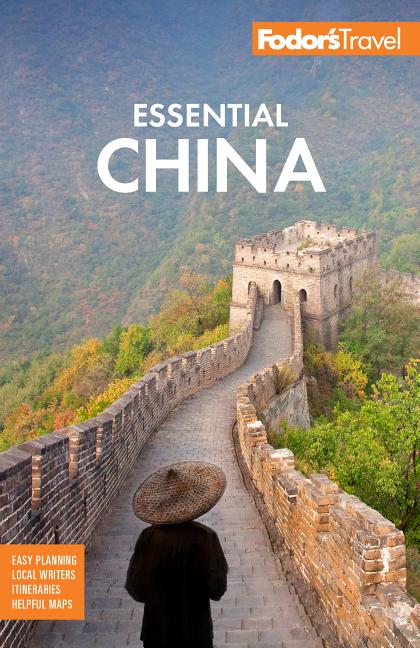Navigating Shanghai Streets
The Streets
The Huangpu River divides Shanghai into east and west sides. The metro area is huge, but the city center is a relatively small district in Puxi, west of the river. On the east side is Pudong, which has undergone massive urbanization in the past two decades. The city is loosely laid out on a grid, and most neighborhoods are easily explored on foot. Massive construction in many neighborhoods makes the pavement uneven and the air dusty, but if you can put up with this, walking is the best way to really get a feel for the city and its people. Taxis are readily available and good for traveling longer distances, and the subway network covers all of downtown and many far-flung areas.
Major east–west roads are named for Chinese cities and divide the city into dong (east), zhong (middle), and xi (west) sections. North–south roads divide the city into bei (north) and nan (south) segments. The heart of the city is found on its chief east–west streets—Nanjing Lu, Huaihai Lu, and Yan'an Lu overpass.
Street signs in Shanghai are written in Chinese and English, not in pinyin, the transliteration of Chinese. When asking for directions, pinyin will guide your pronunciation; for this reason, our listings have street names written as Nanjing Xi Lu or Shiji Dadao, not West Nanjing Road or Century Avenue. Our maps, however, follow the city’s street signs; they are written as West Nanjing Road, not Nanjing Xi Lu.
The Vocabulary
Below are some terms you'll see on maps and street signs and in the names of most places you'll go:
Dong (东) is east, xi (西) is west, nan (南) is south, bei (北) is north, and zhong (中) means middle. Jie (街) and lu (路) mean street and road, respectively, da dao (大道) means avenue, da (大) means big, and xiao (小) means small.
Qiao (桥) or bridge, is part of the place-name at just about every entrance and exit on the ring roads. Men (门), meaning door or gate, indicates a street that passed through an entrance in the fortification wall that surrounded the city hundreds of years ago. The entrances to parks and some other places are also referred to as men. For example, Xizhimen literally means Western Straight Gate.




